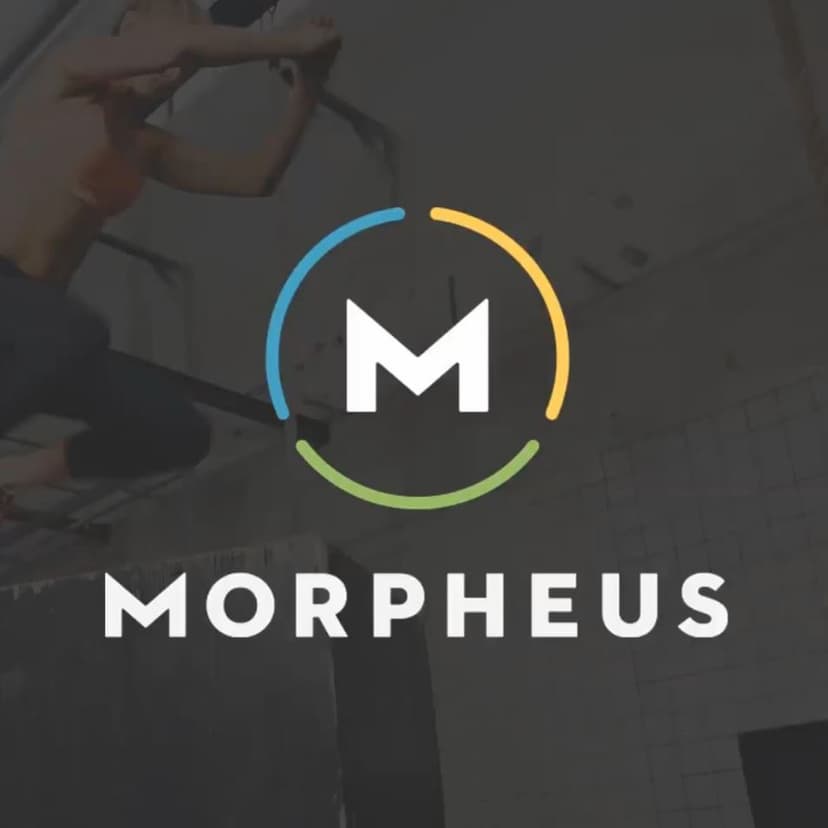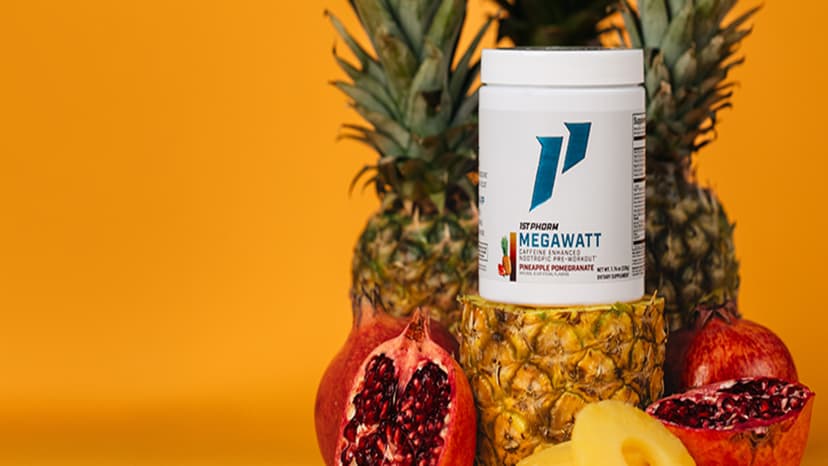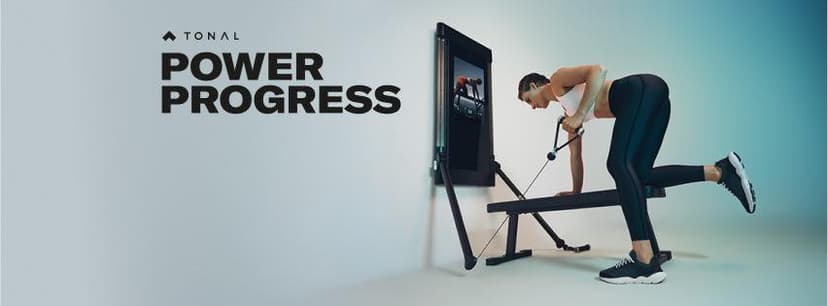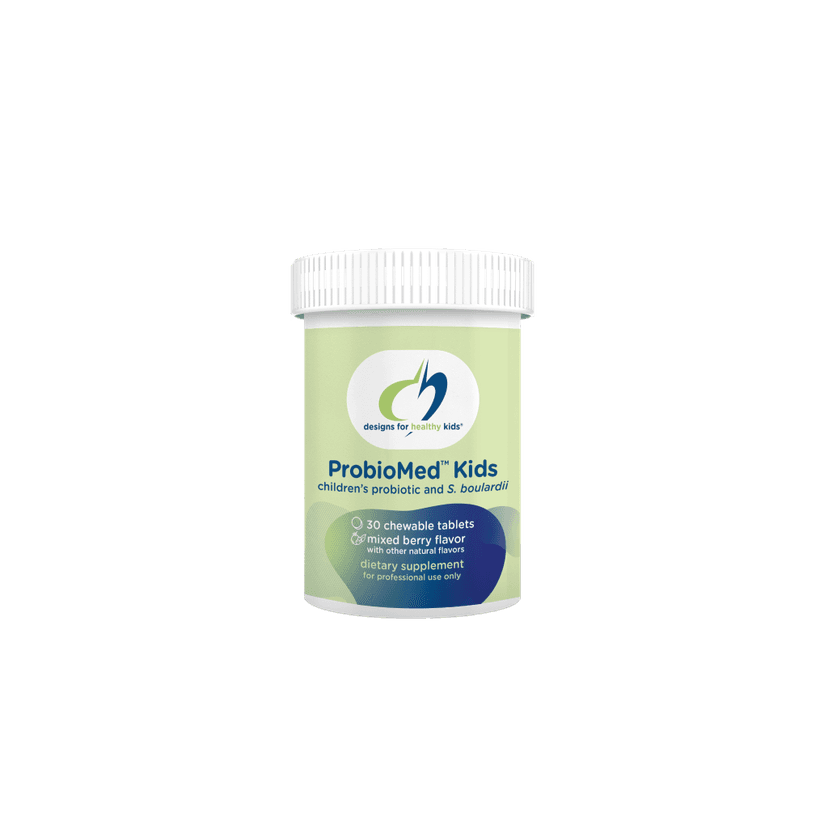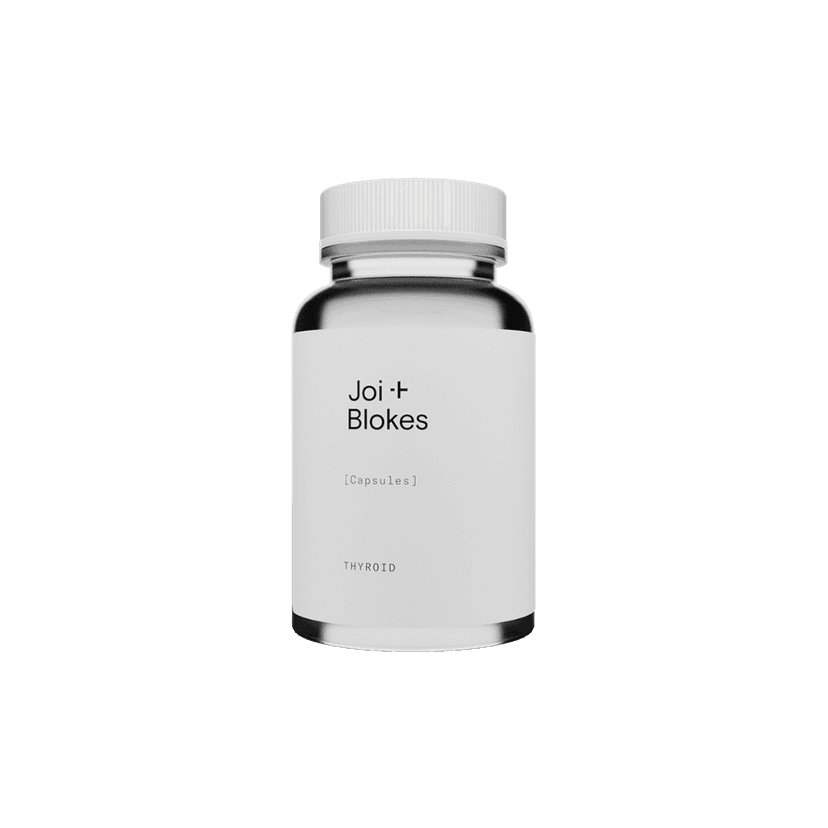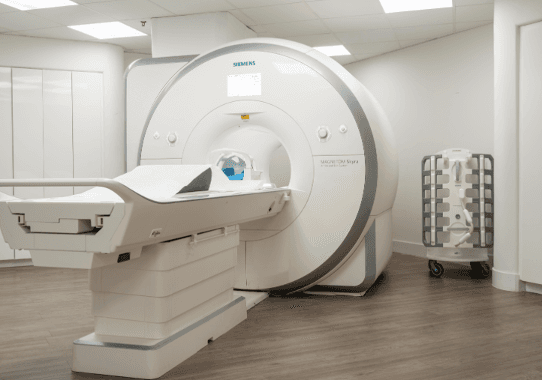High-Intensity Interval Training, or HIIT, is a workout method that alternates between short bursts of intense exercise and periods of rest or low-intensity activity. This type of training has gained widespread popularity due to its efficiency and effectiveness, making it a favorite among athletes and fitness enthusiasts alike. In this article, we will explore the science behind HIIT, its benefits, and how to safely incorporate it into your fitness routine.
Key Takeaways
- HIIT involves short periods of intense exercise followed by rest or low-intensity activity.
- This training method can improve cardiovascular health, boost metabolism, and enhance muscle strength.
- HIIT is effective for fat loss due to its high caloric burn during and after workouts.
- It is suitable for all fitness levels, from beginners to advanced athletes.
- Proper nutrition and recovery are essential to maximize the benefits of HIIT.
Physiological Mechanisms of HIIT
Cardiovascular Adaptations
HIIT leads to significant improvements in cardiovascular health. The heart becomes more efficient, pumping more blood with each beat. This results in better oxygen delivery to muscles and other tissues. Over time, this can lower resting heart rate and blood pressure.
Metabolic Changes
HIIT boosts metabolism by increasing the activity of enzymes involved in energy production. This helps the body burn more calories even at rest. Additionally, HIIT enhances the body's ability to use fat as a fuel source, which can aid in weight management.
Muscle Fiber Recruitment
During HIIT, both slow-twitch and fast-twitch muscle fibers are activated. This comprehensive muscle engagement leads to improved strength and endurance. Fast-twitch fibers, in particular, are crucial for explosive movements and high-intensity efforts.
HIIT not only improves cardiovascular health but also enhances metabolic functions and muscle fiber recruitment, making it a well-rounded exercise regimen.
HIIT and Fat Loss
Caloric Burn During and After Exercise
HIIT workouts are known for their efficiency in burning calories. During a HIIT session, you can burn more calories in a shorter amount of time compared to traditional cardio exercises. This is due to the high intensity of the workout, which pushes your body to work harder and burn more energy.
Impact on Metabolic Rate
One of the key benefits of HIIT is its impact on your metabolic rate. After a HIIT workout, your metabolism remains elevated for hours, a phenomenon known as the afterburn effect. This means you continue to burn calories even after you've finished exercising.
Role of Hormones
HIIT also influences various hormones in your body that are related to fat loss. For example, it can increase the levels of hormones like adrenaline and noradrenaline, which help break down fat and use it as energy. Additionally, HIIT can improve insulin sensitivity, making it easier for your body to manage blood sugar levels and reduce fat storage.
HIIT can help decrease body fat, increase strength and endurance, and improve health outcomes. Its main appeal is that it can achieve similar fitness and health benefits in a shorter duration, and it includes periods of rest.
HIIT for Different Fitness Levels
Beginners
For those new to exercise, HIIT can be a great way to start. Beginners should focus on shorter intervals and longer rest periods. This helps the body adapt to the new demands. A simple routine might include 20 seconds of high-intensity exercise followed by 40 seconds of rest. It's important to listen to your body and not push too hard too soon.
Intermediate Athletes
Intermediate athletes can handle more challenging routines. They might try 30 seconds of intense activity followed by 30 seconds of rest. This level of HIIT can help improve endurance and strength. It's also a good idea to mix different types of exercises to keep the workouts interesting and target various muscle groups.
Advanced Training Protocols
Advanced athletes can push their limits with HIIT. They might do 40 seconds of high-intensity exercise with just 20 seconds of rest. This level of training can significantly boost performance and stamina. Advanced protocols often include complex movements and higher intensity to challenge the body further.
HIIT is adaptable for all fitness levels, making it a versatile choice for anyone looking to improve their health and fitness.
Comparing HIIT to Traditional Cardio
Efficiency and Time Commitment
High-Intensity Interval Training (HIIT) is known for its efficiency. You can achieve significant fitness gains in a shorter amount of time compared to traditional cardio. While a typical cardio session might last 45 minutes to an hour, a HIIT workout can be completed in 20-30 minutes. This makes HIIT an attractive option for those with busy schedules.
Health Benefits
Both HIIT and traditional cardio offer numerous health benefits, but they do so in different ways. HIIT is particularly effective at improving cardiovascular health and increasing metabolic rate. Traditional cardio, on the other hand, is excellent for building endurance and can be easier on the joints.
Performance Improvements
When it comes to performance, HIIT can lead to faster improvements in speed and power. Traditional cardio is more suited for those looking to improve their stamina and endurance over longer periods. Each type of exercise has its own set of advantages, making them suitable for different fitness goals.
HIIT and traditional cardio each have unique benefits, and the best choice depends on your individual fitness goals and lifestyle.
Safety and Precautions in HIIT
Common Mistakes to Avoid
One of the most common mistakes in HIIT is neglecting proper form. Poor technique can lead to serious injuries, especially in the knees and shoulders. Always prioritize quality over quantity. Another mistake is skipping warm-ups and cool-downs, which are essential for preparing your body and aiding recovery.
Injury Prevention
To prevent injuries, start with exercises that match your fitness level. Gradually increase the intensity and complexity of your workouts. It's also crucial to listen to your body; if something feels off, stop immediately. Wearing appropriate footwear and using proper equipment can also reduce the risk of injury.
Recovery Strategies
Recovery is just as important as the workout itself. Ensure you get enough rest between HIIT sessions to allow your muscles to repair and grow. Incorporate stretching and foam rolling into your routine to improve flexibility and reduce muscle soreness. Staying hydrated and maintaining a balanced diet will also support your recovery process.
Remember, the key to a successful HIIT program is balancing intensity with safety. Always consult a healthcare provider if you have any underlying health concerns before starting a new exercise regimen.
The Role of Nutrition in HIIT
Pre-Workout Nutrition
Eating the right foods before a HIIT session is crucial. A balanced meal with carbohydrates and proteins can provide the energy needed for intense workouts. Carbohydrates help replenish glycogen stores, while proteins support muscle repair and growth. Aim to eat 1-2 hours before your workout to avoid discomfort.
Post-Workout Recovery
After a HIIT session, your body needs to recover. Consuming a mix of proteins and carbohydrates within 30 minutes can help replenish glycogen and repair muscles. This can reduce muscle soreness and improve performance in future workouts.
Hydration Needs
Staying hydrated is essential for any workout, especially HIIT. Drink water before, during, and after your session to maintain optimal performance. Dehydration can lead to fatigue and decrease your ability to exercise at high intensity.
Proper nutrition and hydration are key to maximizing the benefits of HIIT and ensuring you can perform at your best in every session.
Scientific Studies Supporting HIIT
Key Research Findings
Numerous studies have shown that HIIT can significantly improve performance and body composition. One key benefit is its ability to increase the body's capacity to use fat as an energy source. This is achieved through a process known as Excess Post-Exercise Oxygen Consumption (EPOC), which helps burn calories even after the workout is over.
Case Studies
Research has demonstrated that HIIT can enhance oxygen consumption as effectively as traditional endurance training, but in a shorter amount of time. For example, one study found that participants who engaged in HIIT experienced similar improvements in VO2 peak compared to those who did longer, steady-state cardio sessions.
Expert Opinions
Experts agree that HIIT is a highly efficient method for fat burning, particularly for reducing visceral fat. This type of fat loss is crucial as it lowers the risk of cardiovascular diseases. Additionally, HIIT has been shown to reduce heart rate and blood pressure, offering significant health benefits.
Conclusion
High-Intensity Interval Training (HIIT) has proven to be an effective and efficient workout method for both elite athletes and everyday fitness enthusiasts. By incorporating short bursts of intense exercise followed by recovery periods, HIIT maximizes health benefits in a minimal amount of time. However, it is crucial to follow proper protocols to avoid potential risks such as fatigue, illness, or injury. Understanding the science behind HIIT helps in optimizing its benefits and ensuring safe practice. Whether you're looking to improve athletic performance or simply stay fit, HIIT offers a versatile and powerful option for achieving your fitness goals.
Frequently Asked Questions
What is High-Intensity Interval Training (HIIT)?
HIIT stands for High-Intensity Interval Training. It involves short bursts of intense exercise followed by low-intensity recovery periods. It's a very effective and time-efficient way to work out.
How long should a typical HIIT workout last?
A typical HIIT workout lasts between 10 to 30 minutes. Despite the short duration, it can provide health benefits similar to longer sessions of moderate-intensity exercise.
Is HIIT suitable for beginners?
Yes, HIIT can be adapted for beginners. It's important to start slow and gradually increase the intensity and duration of the workouts to avoid injury.
Can HIIT help with fat loss?
Yes, HIIT is great for fat loss. It not only burns a lot of calories during the workout but also increases your metabolic rate for hours after exercise.
What should I eat before a HIIT workout?
Before a HIIT workout, it's good to eat a small meal or snack that includes carbohydrates and protein. This can give you the energy you need for the intense exercise.
How often should I do HIIT workouts?
It's recommended to do HIIT workouts about 2-3 times a week. This allows your body to recover between sessions and helps prevent overtraining and injuries.
